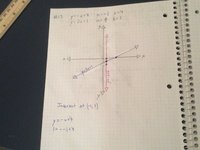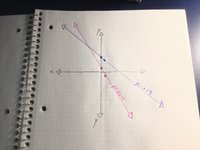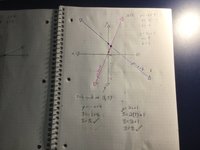Am I doing this right?
I need to define m and b for both equations, as well as draw two lines labeled and find the intersection. Then i have to check it.
I started checking it and it doesn’t work.
my new algebra one class is too hard :/
I need to define m and b for both equations, as well as draw two lines labeled and find the intersection. Then i have to check it.
I started checking it and it doesn’t work.
my new algebra one class is too hard :/



